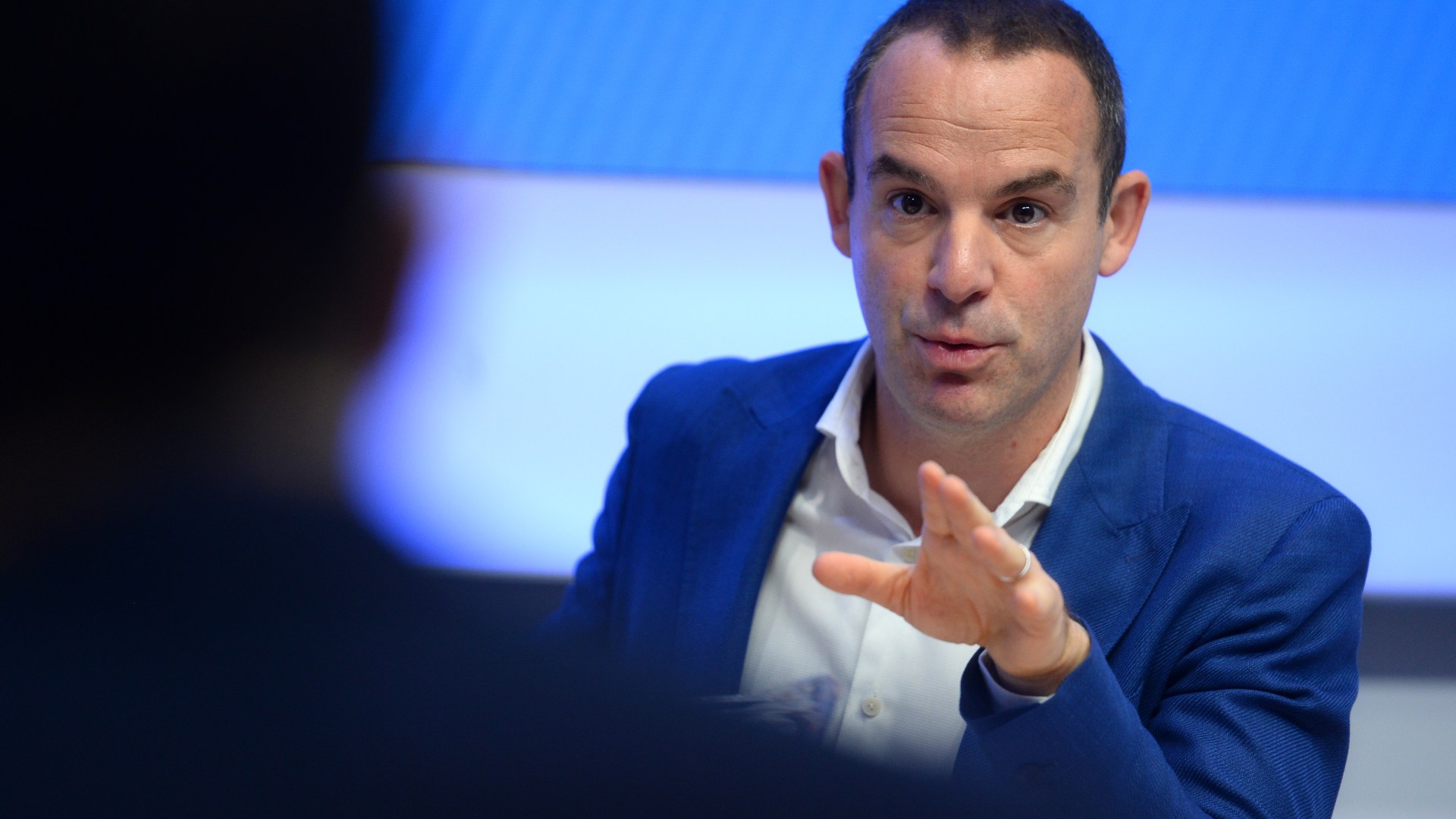At 21, Gianluca Rindone got his first job making bodies for Fiat’s Maserati cars alongside his father, a Sicilian who had been lured to Turin’s auto boom in the 1970s. He thought it would be a lifelong career but after three decades Rindone has been furloughed, falling victim to the carmaker’s decision to suspend production at its last Turin factory.
Rindone’s own sons — aged 15 and 8 — are unlikely to follow his path into Fiat’s workforce, he says.
“If there is not a job for the father, how can there be a job for the son?” frets the 48-year-old, who is relying on help from his retired parents to pay his mortgage and bills. “When you see a factory with nearly 100 years of history stop, the heart cries. If Stellantis goes, Turin dies. It’s as simple as that.”
Rindone’s lament is one heard across Europe, as the continent’s auto industry — and its 14mn jobs — faces an existential crisis, squeezed between the soaring costs of developing cleaner vehicles to meet the EU’s tough emissions standards and the cheaper models from Chinese rivals.
Fiat-owner Stellantis, which also makes the Peugeot, Citroën and Jeep brands, last month warned on profits, while Volkswagen, Europe’s largest automaker, is considering closing down plants in Germany for the first time in its history.


Once the pride of Italian manufacturing and known as “Mamma Fiat” for its extensive cradle-to-grave welfare schemes, Fiat was subsumed into Stellantis in 2021, after years of troubles.
The company last month temporarily halted car production at Fiat’s historic Mirafiori plant due to lack of consumer demand for the Fiat 500e — the electric version of the iconic vehicle that democratised Italian car ownership in the 1960s and 1970s. Initially scheduled to last four weeks, the plant’s shutdown has been extended until at least the end of October.
The crisis has far-reaching political consequences for Italy’s Prime Minister Giorgia Meloni, who is battling to boost economic growth and stabilise Italy’s fragile public finances, as well as for the whole of the EU.
The Italian car industry, including its vast network of parts suppliers, employs some 250,000 people and accounts for over 5 per cent of gross domestic product. But since 2018 Italy’s total car production has halved to 500,000 vehicles.
On Friday the country’s auto workers descended on Rome to demand Brussels, which has banned the sale of new combustion engine cars after 2035, provide more financial support for the green transition. The protesters also want Meloni’s government to work with Stellantis, the country’s only large carmaker, to tackle the sector’s challenges to save their jobs.
But Rome and Stellantis disagree on how to do this. Meloni has remonstrated against the production of Fiat models outside Italy, exacerbating tensions.

Italian industry minister Adolfo Urso has been pushing the EU to reconsider the looming curbs on combustion engine sales but Stellantis’ CEO Carlos Tavares disagrees on whether this is the right approach.
“Instead of arguing about the regulations, it’s better to work hard to comply in the most efficient manner,” he told Italian lawmakers at a parliamentary hearing last week.
Tavares also complained about Italy’s high energy prices and Rome’s paltry spending on incentives to support purchases of electric vehicles by the middle class — which he said was just a fifth of what other European countries had spent.
Yet he insisted Stellantis was committed to making cars in Italy, calling Fiat’s factories a “strong asset” for the company.
“We love our plants and believe they are the right answer to the challenges we have in the future,” he said. “That’s why we don’t sell them to the Chinese.”
Such blandishments ring hollow to autoworkers in Turin, where Fiat was founded in 1899, and which prospered during Italy’s postwar car boom. “Turin was constructed for Fiat, but today we don’t have Fiat. Stellantis is a multinational company, and we know [they] go where costs are cheapest,” Rindone said


Fiat’s Turin workforce has already been steadily declining since the late 1990s, with four other factories closing in recent decades. While Stellantis denies it plans to close Mirafiori, many workers suspect the company wants to quietly wind down the plant by waiting for its labour force — whose average age is now 57 — to retire.
Many workers have already accepted generous buyout offers.
“We are the last generation hired,” said furloughed worker Fabbio Mosesso, 53, who joined Fiat nearly 36 years ago. “The business is not spending money to incentivise EV purchases, but to push people to leave their jobs.”
Autoworker and union representative Giacomo Zulianello, 58, accused Stellantis of “bleeding us”, adding that “the complete killing of Mirafiori is too much even for Tavares. But in reality, Mirafiori is already closed.”
Michaela San Filippo, 51, a second-generation Fiat assembly line worker also on furlough, said she and fellow workers were struggling financially, even skipping on medical expenses. “You have to renounce everything that is not necessary,” she said. “You don’t live; you just survive.”
Stellantis has put new businesses into Mirafiori, including an EV battery testing centre, a unit recovering and recycling car parts, and a new assembly line for transmissions for Fiat 500 hybrids, due to start production in 2026.
Part of the factory also houses an exhibition of vintage Fiat cars. Yet marking the 125th anniversary of Fiat’s founding this summer, Urso expressed anguish at the factory’s diminishing output.
“Fiat is Turin,” said the minister, a member of Meloni’s rightwing Brothers of Italy party. “It was the greatest industrial plant in Europe, and we can’t accept that it is becoming a mere industrial museum.”
Not everyone is pessimistic. Stefano Lo Russo, Turin’s mayor, said the city was undergoing a transformation not dissimilar to the era when cars replaced horse-drawn carriages.
“When we moved from horses to cars, we stopped having a horse supply chain in the city and we started to have engine mechanics,” Lo Russo said. “It was progress. New technologies mean change.”
He said Turin’s carmaking history and its engineering colleges were supporting a vibrant new aerospace industry, underpinned by activities of France’s Thales and Italian defence champion Leonardo.
“The real vocation of the city is not only automotive — Turin is the city of engineering and manufacturing,” Lo Russo said. “We can work on cars, satellites, aeroplanes. More than a city of cars, is a city of engineers.”


David Avino, a former Italian military officer and software engineer, chose Turin to launch his space venture Argotech in 2008, offering space services and astronaut training as well as making small satellites. Employing around 170 people in the city, Argotech is actively recruiting, although Avino said the space sector needed at least another decade to grow to scale.
“If everyone keeps investing . . . it will be effective in 10 or 15 years. But it’s important to start,” he said.
Andrea Giordano, 36, joined Argotech after his previous employer, a leading car components company, furloughed its Turin labour force earlier this year.
“My hope is that like the auto boom of the 1970s, this city will have the aerospace boom,” said Giordano, a warehouse operator. “In the meantime it’s going to be hard. We are going to have to tighten our belts.”
Additional reporting by Kana Inagaki in London




 Awareness around neurodiversity is improving, but the narrative of it as an obstacle to success, rather than a driver of it, needs to change.
Awareness around neurodiversity is improving, but the narrative of it as an obstacle to success, rather than a driver of it, needs to change.



















































































































































You must be logged in to post a comment Login